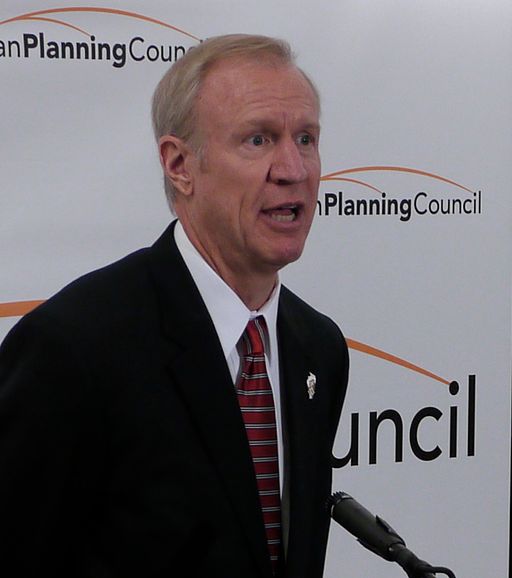When talking pensions on the campaign trail earlier this year, Bruce Rauner said that new hires, current workers and retirees all would need to be on the receiving end of pension benefit cuts.
But Rauner has softened that stance this week; the Illinois governor-elect now says the benefits accrued by current workers and retirees need to be protected.
The change is perhaps due to a recent circuit court ruling overturning the state’s pension reform law; the ruling makes it increasingly unlikely that pension reforms can legally come in the form of benefit cuts for retirees.
More on Rauner’s comments from NBC Chicago:
Gov.-Elect Bruce Rauner changed his tune to defend retired state employee’s pensions on Monday, remarking that it’s most important to “protect what is done—don’t change history. Don’t modify or reduce anybody’s pension who has retired, or has paid into a system and they’ve accrued benefits. Those don’t need to change.”
[…]
“What we should change is the future—the future accruals, the future benefits for future work,” he said, according to the Chicago Sun-Times. “That is constitutional. It’s also fair and appropriate for the taxpayers and the workers themselves.”
“Hopefully (the state Supreme Court) will give us some feedback that will help guide the discussion for future modifications as appropriate for the pensions,” noted Rauner.
[…]
The Republican investor said on the campaign trail earlier this year that he’d slash benefits to retirees and current workers and lead a transition into a corporate-esque 401(k) arrangement. But as he prepares to take over the governorship, and see his ambitious election-season statements clash with political realities, Rauner has apparently softened his views on pension reform to pardon those who’ve invested income—placing money (and trust) in a dysfunctional system.
The Illinois pension reform law, which will soon head to the Supreme Court, froze cost-of-living-increases and increased the retirement age. But a circuit court judge ruled last week that the benefits of current and retired workers are protected under the Illinois constitution.
By Steven Vance [CC-BY-2.0 (http://creativecommons.org/licenses/by/2.0)], via Wikimedia Commons









